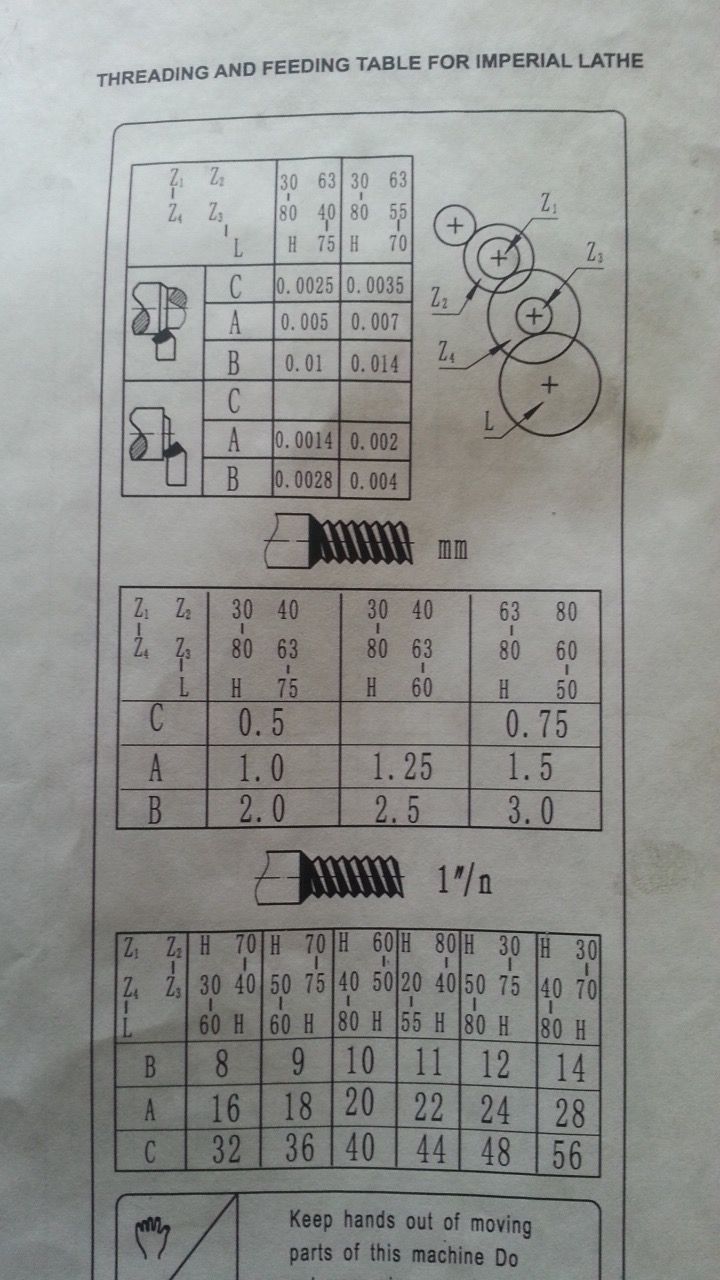Metric threading on Imp Lathe
Metric threading on Imp Lathe
- This topic has 16 replies, 5 voices, and was last updated 17 June 2019 at 14:34 by
Bevel.
Viewing 17 posts - 1 through 17 (of 17 total)
Viewing 17 posts - 1 through 17 (of 17 total)
- Please log in to reply to this topic. Registering is free and easy using the links on the menu at the top of this page.
Latest Replies
Viewing 25 topics - 1 through 25 (of 25 total)
-
- Topic
- Voices
- Last Post
Viewing 25 topics - 1 through 25 (of 25 total)
Latest Issue
Newsletter Sign-up
Latest Replies
- Stuart Twin Victoria (Princess Royal) Mill Engine
- S&B Sabel lathe quick change tool post
- bolts harness and head shearing?
- Mystery Object found in FE College
- Myford Super-7 chuck – unacceptable run-out??
- FreeCAD v1.0 tutorials
- Scam email
- Comm Ads
- Countersinking carbon fibre sheet with my Sieg CNC Mill
- Adaptation of the Proxxon Milling machine







